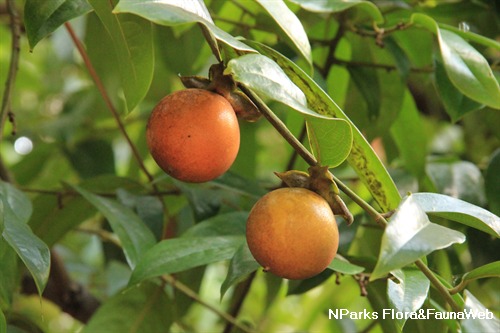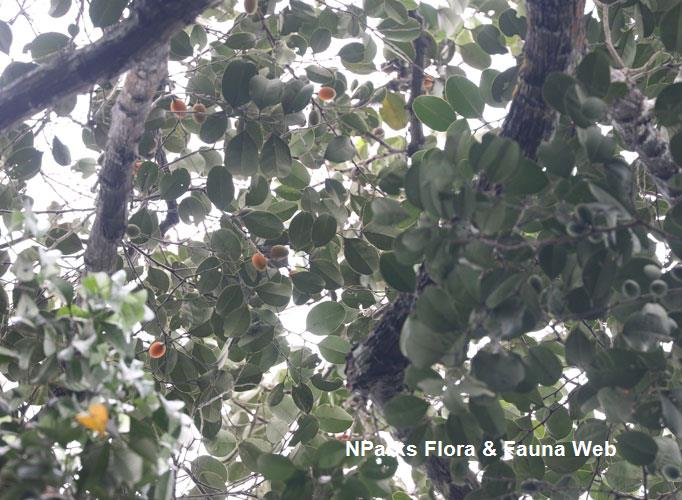
Back
Diospyros maingayi (Hiern) Bakh.
| Family Name: | Ebenaceae |
| Synonyms: | Diospyros bilocularis Oliv., Maba maingayi Hiern |
| Common Name: | Nyatoh Itam, Kayu Balum, Kayu Arang, Kayu Malan, Siangus |
Diospyros maingayi or Nyatoh Itam is a large-sized tree, native to Singapore that can grow to 40 m tall. The leaves are leathery, elliptic to spoon-shaped. Flowers are dioecious, bell-shaped, 4-5 lobed, cream-white coloured. Both the female and male inflorescences are similar in appearance but the female tend to be bulgy at the base. The fruit is a single-seeded, oblong berry that ripens to orange.
Name
Classifications and Characteristics
| Plant Division | Angiosperms (Flowering Seed Plants) (Dicotyledon) |
|---|---|
| Plant Growth Form | Tree (Big (>30m)) |
| Lifespan (in Singapore) | Perennial |
| Maximum Height | 40 m |
Biogeography
| Native Distribution | Peninsular Malaysia, Sumatra, Borneo and Singapore.. |
|---|---|
| Native Habitat | Terrestrial (Primary Rainforest, Secondary Rainforest) |
| Preferred Climate Zone | Tropical |
| Local Conservation Status | Native to Singapore (Critically Endangered (CR)) |
Description and Ethnobotany
| Growth Form | It is a large-sized tree that can grow to 40 m tall. Buttresses may be present of up to 2 - 4m tall. |
|---|---|
| Foliage | Leaves are elliptic, sometimes spoon-shaped, leathery, measuring 5 - 21 cm long by 3 - 11 cm wide. The midrib is sunken above with 5-9 pairs of veinlets and tertiary veinlets almost invisible. |
| Flowers | Flowers are dioecious, the male and female inflorescence are produced on different individuals. Both female and male are similar in appearance however the former tend to be bulgy at the base. Flowers are cream-white, bell-shaped, 4- 5 lobed, numerous stamens fused together into the hollow tube. |
| Fruit | Fruit is a single-seeded, oblong, orange coloured drupe measuring to 6 cm long by 3.5 cm wide. |
| Habitat | Occurs in peat swamps, lowland hills and montane forests up to 600 m in altitude. <1,2> |
| Cultivation | It can be propagated by seed. |
| Ethnobotanical Uses | Timber & Products: The wood is used as ebony. |
Plant Care and Propagation
| Light Preference | Full Sun |
|---|---|
| Water Preference | Moderate Water |
| Plant Growth Rate | Slow |
| Rootzone Tolerance | Fertile Loamy Soils, Well-Drained Soils |
| Propagation Method | Seed |
Foliar
| Foliage Retention | Evergreen |
|---|---|
| Mature Foliage Colour(s) | Green |
| Foliar Type | Simple / Unifoliate |
| Foliar Arrangement Along Stem | Alternate |
| Foliar Attachment to Stem | Petiolate |
| Foliar Shape(s) | Non-Palm Foliage (Elliptical, Oblong, Obovate) |
| Foliar Venation | Pinnate / Net |
| Foliar Margin | Entire |
| Foliar Apex - Tip | Acuminate, Caudate, Emarginate |
| Foliar Base | Auriculate, Cuneate, Rounded / Obtuse |
Non - Foliar and Storage
| Stem Type & Modification | Woody |
|---|---|
| Root Type | Underground |
Floral (Angiosperm)
| Flower & Plant Sexuality | Unisexual Flowers , Dioecious |
| Flower Colour(s) | Cream / Off-White |
|---|
| Flower Grouping | Cluster / Inflorescence |
| Flower Location | Axillary, Cauliflorous |
| Flower Symmetry | Radial |
| Individual Flower Shape | Campaulate / Bell-shaped |
| Flowering Habit | Polycarpic |
Fruit, Seed and Spore
| Mature Fruit Colour(s) | Orange |
|---|---|
| Fruit Classification | Simple Fruit |
| Fruit Type | Fleshy Fruit , Berry |
| Seed Quantity Per Fruit | Few (1-5) |
References
| References | <1> Lemmens, R.H.M.J, Soerianegara, I. & Wong, W.C. (1995). Plant Resources of South-East Asia, Timber trees: Minor commercial timber, pp. 194-195. Leiden: Backhuys Publishers. <2> Ng. F.S.P. (1978). In: Ng. F.S.P. & D.Phil., F.L.S. (eds). Tree Flora of Malaya: A manual for foresters, vol. 3, pp. 77. Kepong: Forest Research Institute. |
|---|
Image Repository
Others
| Master ID | 29378 |
|---|---|
| Species ID | 3687 |
| Flora Disclaimer | The information in this website has been compiled from reliable sources, such as reference works on medicinal plants. It is not a substitute for medical advice or treatment and NParks does not purport to provide any medical advice. Readers should always consult his/her physician before using or consuming a plant for medicinal purposes. |

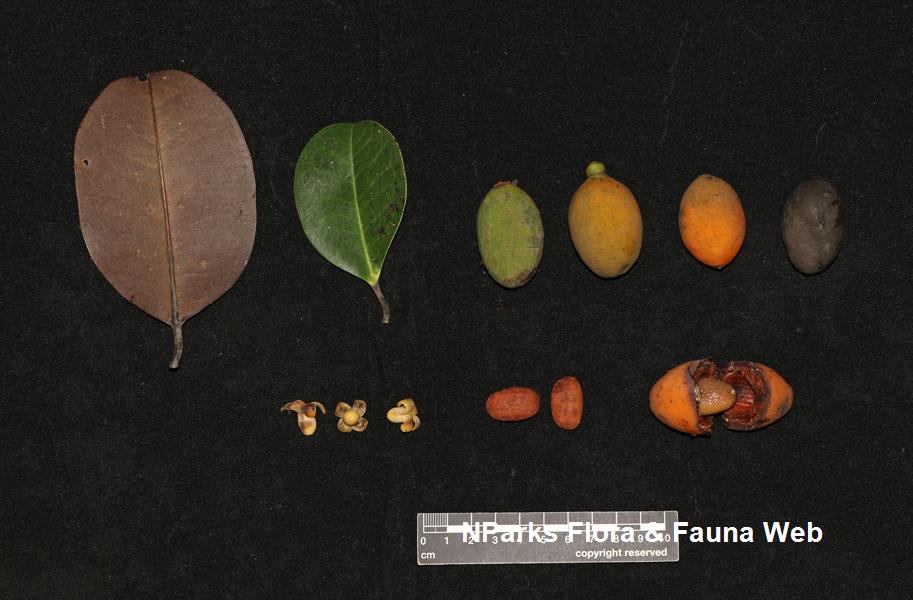
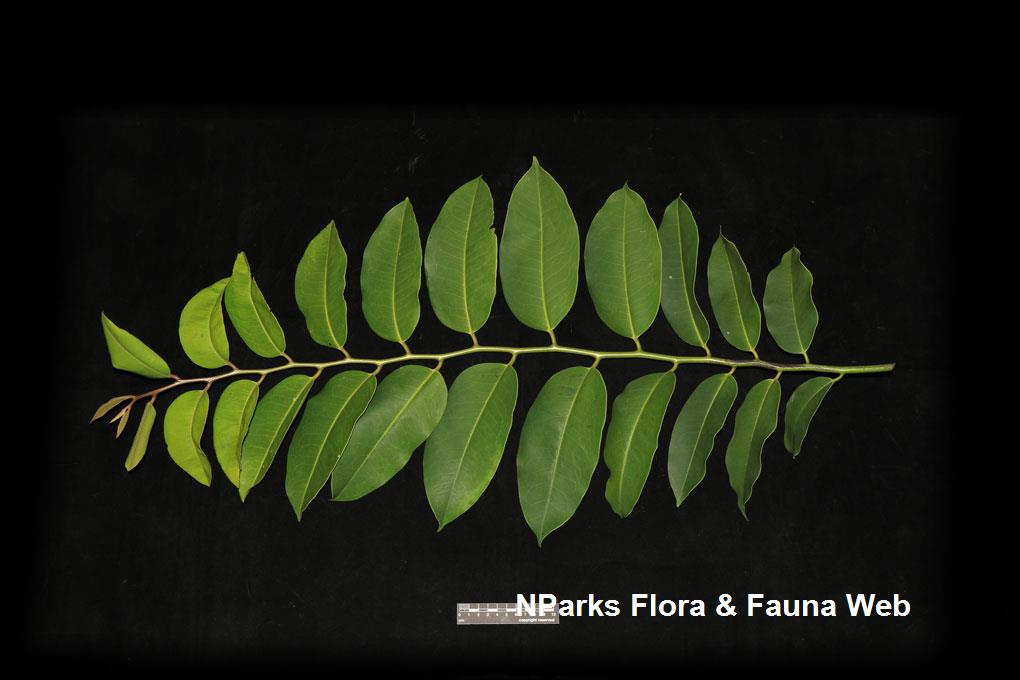
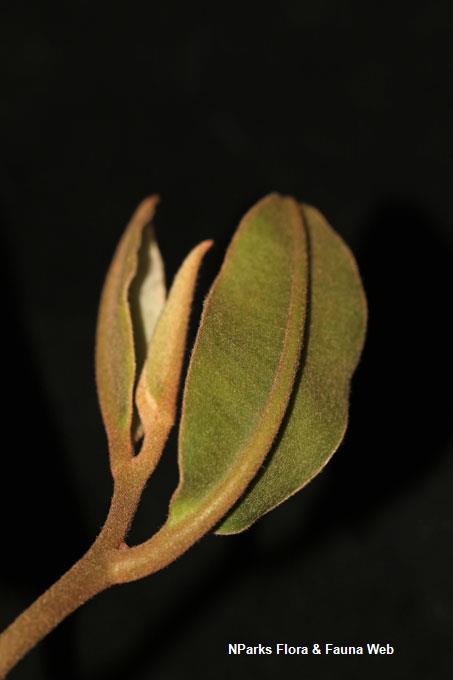
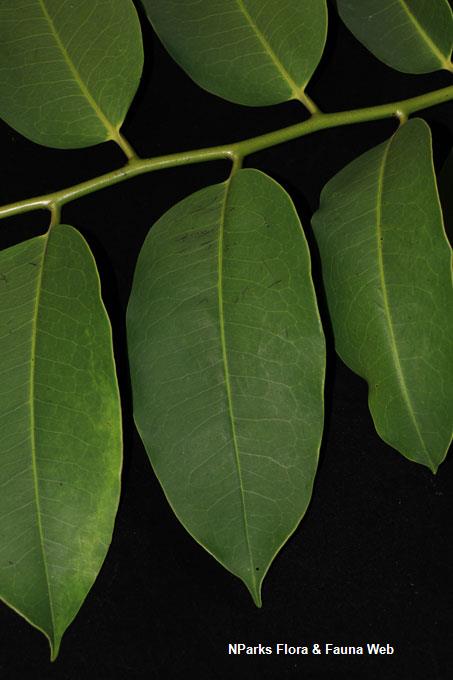
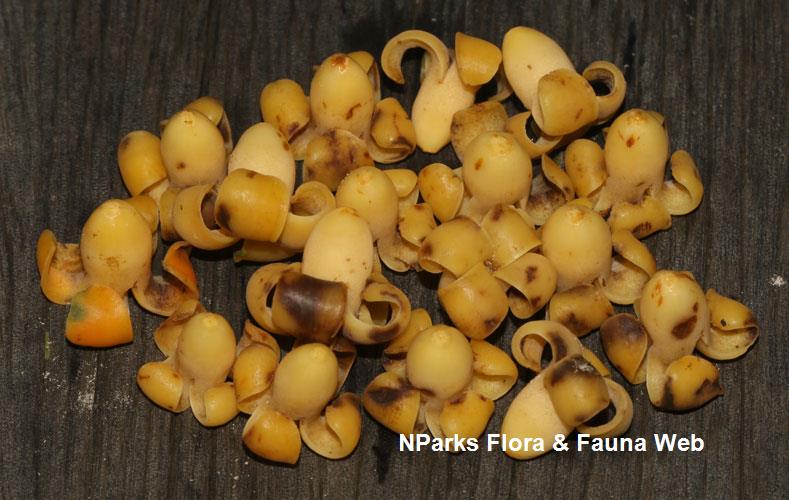

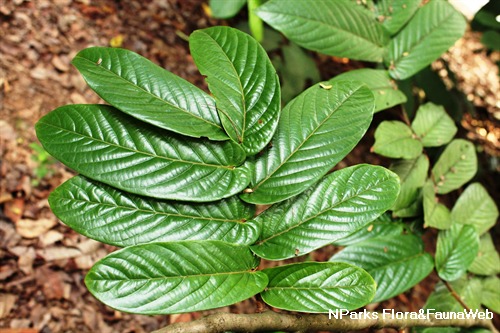
_lowres.jpg)
